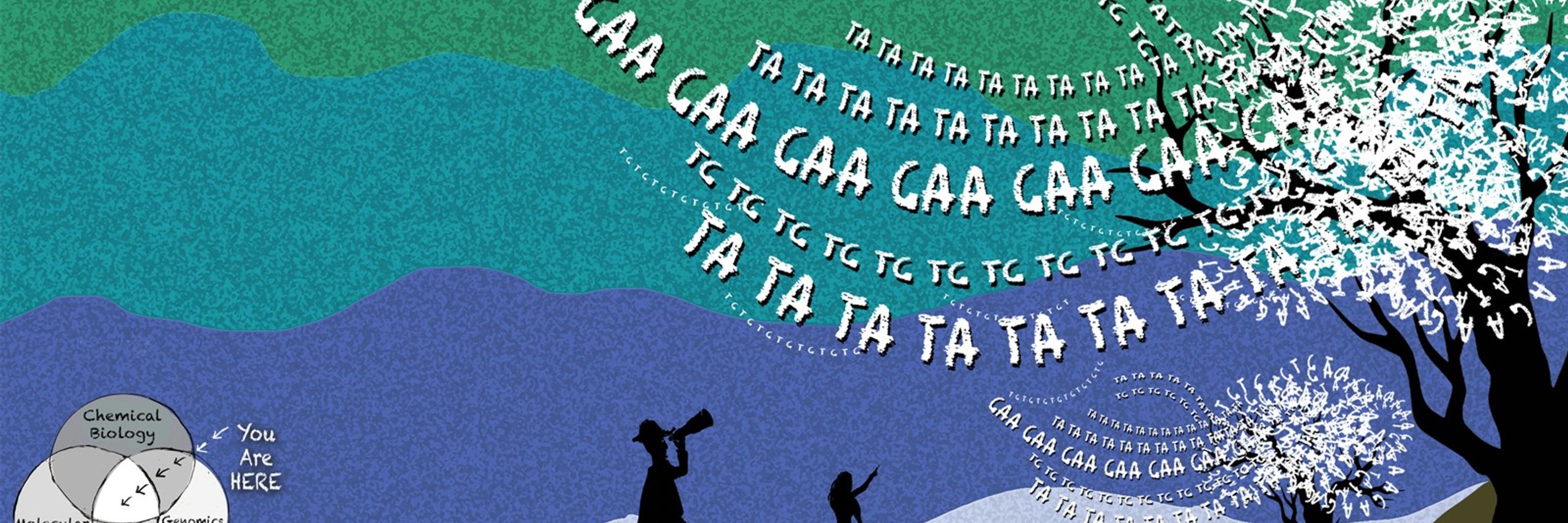
Prompt: Do research. find peer-reviewed publications of pyrrole-imidazole polyamides used to activate gene expression (transcriptional activators). Expected output: an exhaustive list of references to the original publication.

Prompt: Do research. find peer-reviewed publications of pyrrole-imidazole polyamides used to activate gene expression (transcriptional activators). Expected output: an exhaustive list of references to the original publication.
Another study consistent with what @emollick.bsky.social has been sharing for a while now.
www.nature.com/articles/s41...

Another study consistent with what @emollick.bsky.social has been sharing for a while now.
www.nature.com/articles/s41...

1. Amplify oncogenes through high copy number
2. Create new chimeric circles combining different regions of the genome
3. Disrupt normal gene expression when they reintegrate into chromosomes

1. Amplify oncogenes through high copy number
2. Create new chimeric circles combining different regions of the genome
3. Disrupt normal gene expression when they reintegrate into chromosomes






www.cell.com/cell/abstrac...

www.cell.com/cell/abstrac...
www.sciencedirect.com/science/arti...

www.sciencedirect.com/science/arti...


